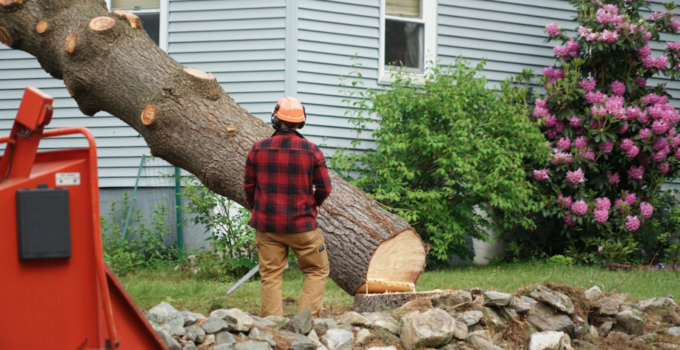Trees are a valuable asset to any property, providing shade, beauty, and ecological benefits. However, there are situations when tree removal becomes necessary. Dead, diseased, or unstable trees can pose safety hazards to people and structures. Additionally, removing overcrowded trees can enhance the health and aesthetics of your landscape. Safely removing a tree requires careful planning, appropriate tools, and adherence to safety protocols. In this comprehensive guide, we will walk you through the process of tree removal, step-by-step, ensuring that you can tackle this task with confidence and without compromising safety.
Page Contents
Assessing the Tree’s Health and Stability
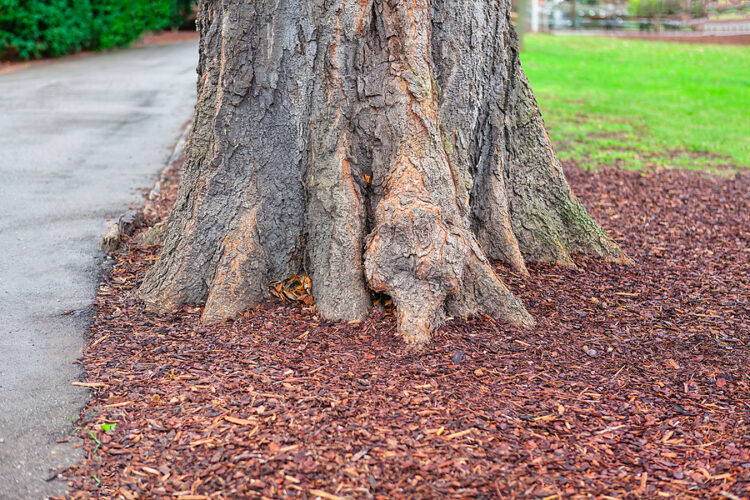
Source: acompletetreecare.com
Before initiating the tree removal process, it is crucial to assess the tree’s health and stability. Look for signs of decay, fungal growth, or dead branches. If it leans significantly, has large cracks, or shows root damage, it may be hazardous.
Consulting an arborist or a professional tree removal service can provide expert insights into the condition and the best course of action. Evaluating the surroundings is equally important; identify structures, utility lines, and other obstacles that might be affected during the removal process.
Gathering Essential Removal Tools and Equipment
Equipping yourself with the right tools is paramount for successful removal. Essential equipment includes chainsaws, hand saws, ropes, harnesses, and protective gear such as helmets, goggles, and gloves. Depending on the size, you may require a ladder or an aerial lift. Quality tools are vital to ensure efficiency and safety throughout the process. Regularly inspect and maintain your equipment to minimize the risk of accidents caused by malfunctioning tools.
Safety Precautions for Removal Process
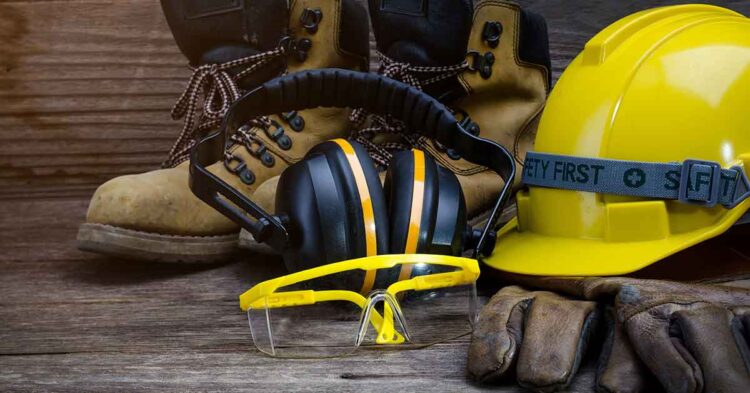
Source: samacharlive.com
Tree removal is inherently dangerous, and safety must be the top priority at all times. Never attempt to remove a bush without the necessary knowledge and experience. Always work with a partner who can assist you and act as a spotter. Clear the area around the bush and establish an exclusion zone to prevent bystanders from getting too close. Wear proper safety gear and follow industry-standard safety guidelines. If the tree is near power lines or structures, contact your utility company and consult professionals for assistance.
Step-by-Step Guide to Planning the Removal
Effective planning is the foundation of successful bush removal. Start by determining the direction of the bush’s fall and identify a clear path. Anticipate potential challenges such as wind conditions and space constraints. Develop a comprehensive escape plan to ensure your safety during the bush’s felling. Calculate the height, so you know where to make the proper cuts. For large or complex removals, consider hiring a professional removal service to ensure a smooth process.
Techniques for Cutting Branches and Limbs Safely
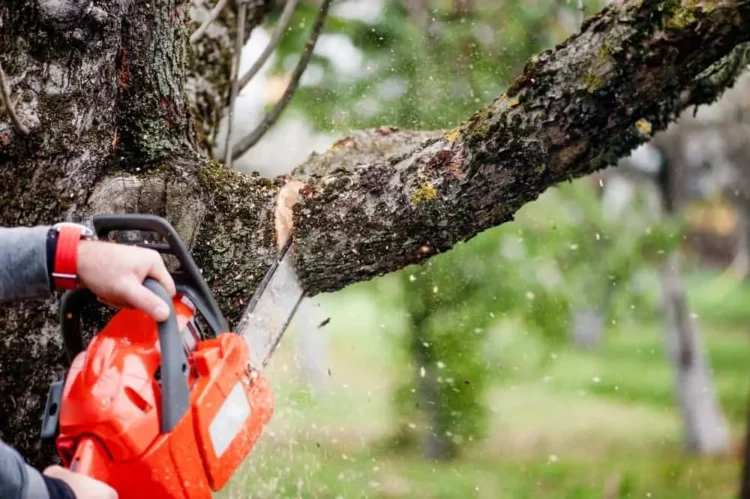
Source: homestratosphere.com
Before felling the bush, it’s necessary to trim and cut its branches and limbs systematically. Start by removing small branches first, working your way up to larger ones. Always use proper cutting techniques to prevent damage to the trunk and yourself. Make an initial undercut to control the bush’s fall direction and then create a back cut on the opposite side to facilitate the descent. Avoid cutting too deeply into the tree as this can cause it to kick back unexpectedly.
How to Properly Fell in the Desired Direction
Felling a tree requires precision and skill to ensure it falls in the intended direction. Begin by marking the direction of the fall and identifying potential obstacles. Plan the felling notch carefully, ensuring it is positioned at the correct angle and depth. Create a hinge on the bush to guide its descent and maintain control throughout the process. Never turn your back on a falling bush and be prepared to retreat along your predetermined escape path.
Dealing with Potential Obstacles and Challenges
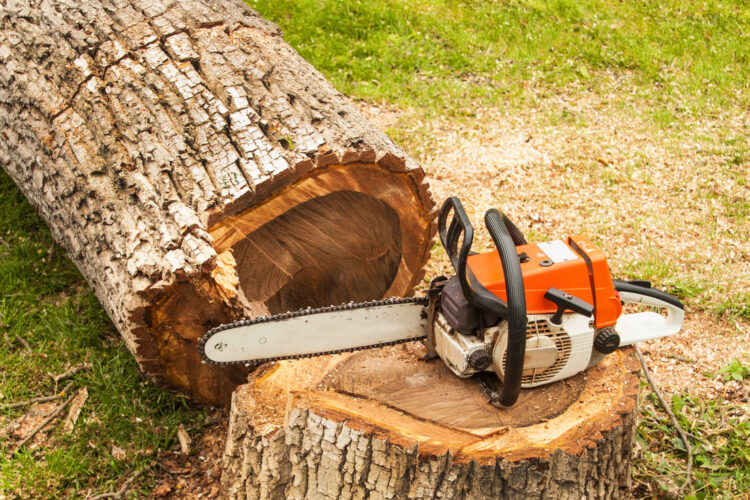
Source: elevate-outdoor.com
In some cases, trees may have obstacles around them, such as other trees, buildings, or fences. When removing a bush near obstacles, it is essential to exercise caution and plan accordingly. Use ropes and rigging techniques to lower branches and sections of the bush safely. Alternatively, consider sectional removal, where you remove it in smaller, manageable pieces. Take your time, be patient, and adjust your approach as needed to address the challenges.
Safe Methods for Stump Removal
After successfully felling the bush, you’ll be left with a stump that needs removal. Stump removal can be physically demanding, so it’s essential to prioritize safety. Utilize a stump grinder or other appropriate tools to excavate the stump gradually. Alternatively, chemical stump removal agents can be used, but it requires patience and adherence to the manufacturer’s instructions. Always wear protective gear and be cautious during the stump removal process.
Proper Cleanup and Disposal of Tree Debris
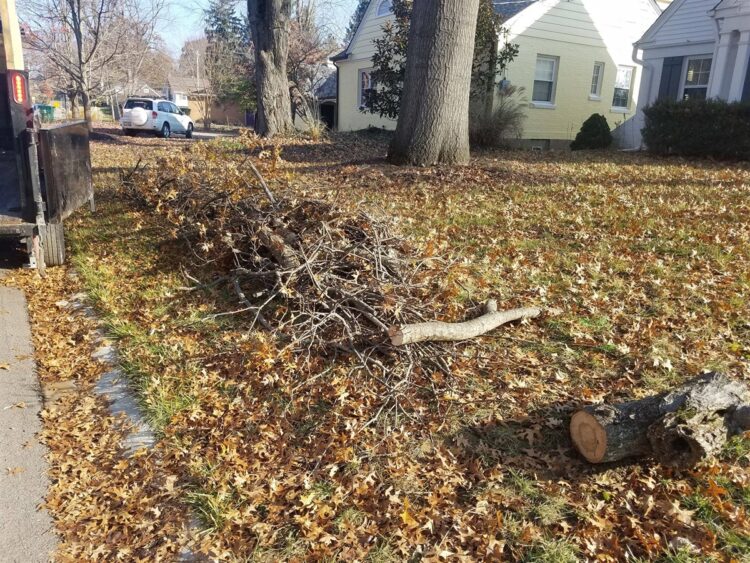
Source: larrysjunkremoval.com
The bush removal process generates a substantial amount of debris that requires proper disposal. Branches and limbs can be chipped into mulch, which can be reused for landscaping purposes. Larger sections can be cut into firewood or sold to wood mills. If you lack the means to dispose of the debris, consider hiring a waste removal service. Cleaning up thoroughly not only keeps your property tidy but also ensures the safety of your surroundings.
Aftercare Tips for the Remaining Trees and Landscape

Source: chippersinc.com
After removing a tree, pay special attention to the health of the remaining bushes and landscape. Inspect the bushes for any damage caused during the removal process and promptly address any issues. Consider planting new trees or shrubs to fill in the gap left by the removed tree. Properly maintain and water the remaining vegetation to foster a healthy and thriving landscape.
Conclusion
In conclusion, tree removal is a complex task that demands preparation, caution, and expertise. By following the outlined steps, you can safely remove a tree from your property and enhance the safety and aesthetics of your landscape. However, if the tree presents significant risks or you lack experience, it is always wise to seek the assistance of professional arborists who can expertly handle the process while safeguarding your property and the well-being of all involved. With the right approach and knowledge, you can ensure a smooth and secure removal process that benefits your property for years to come.

